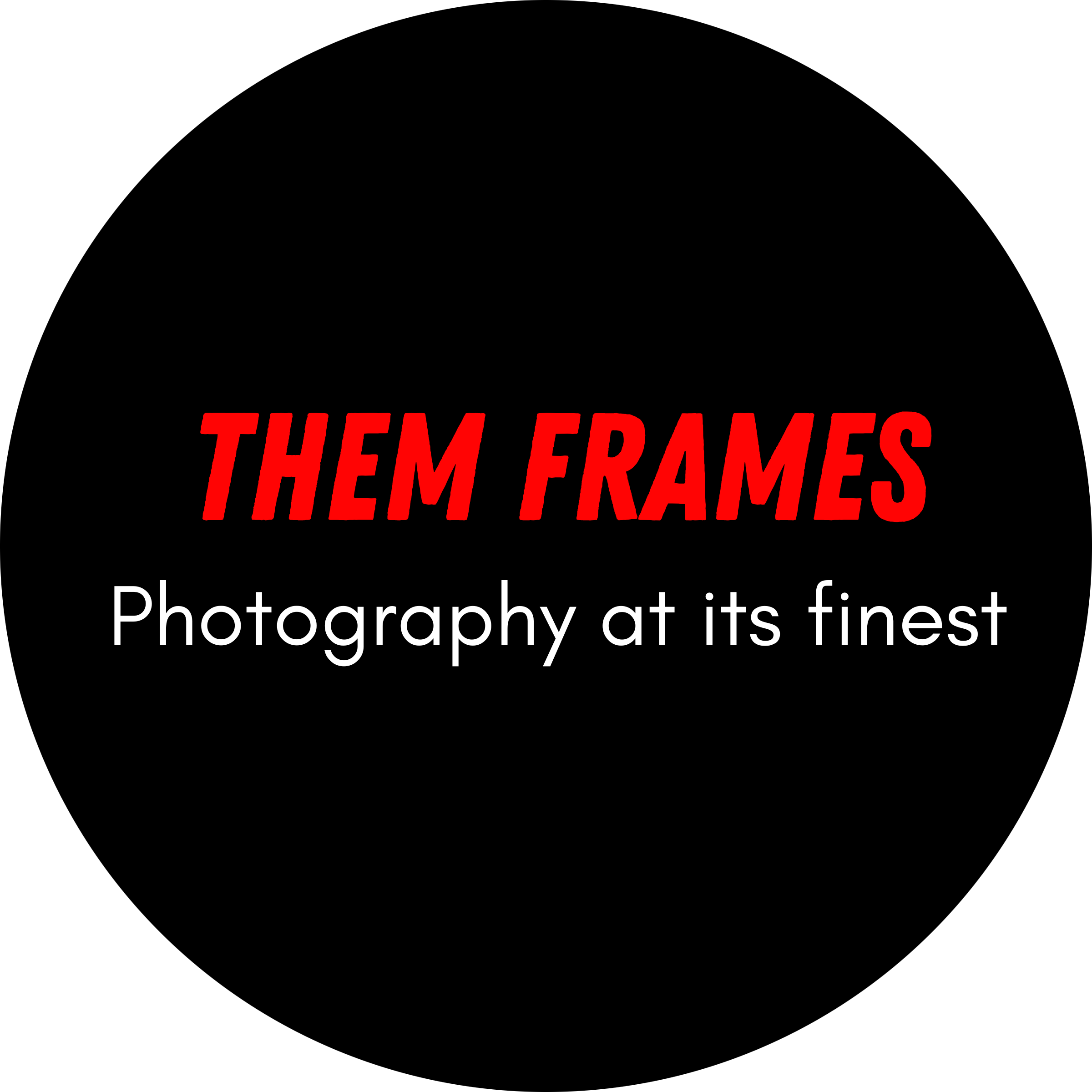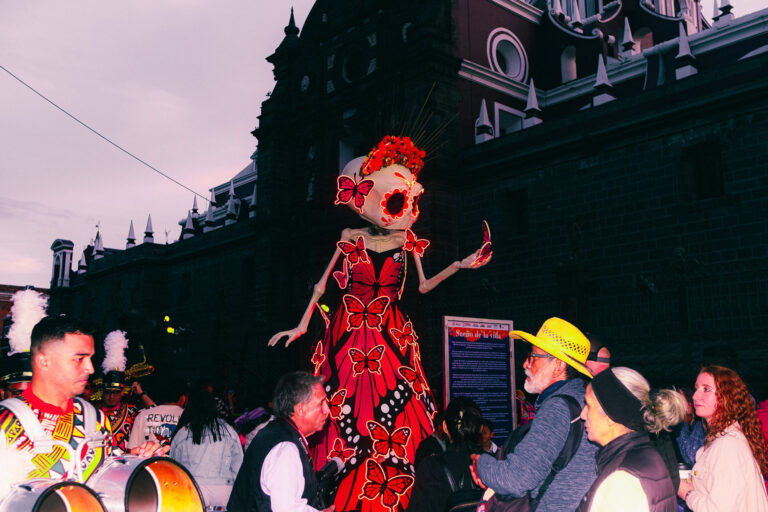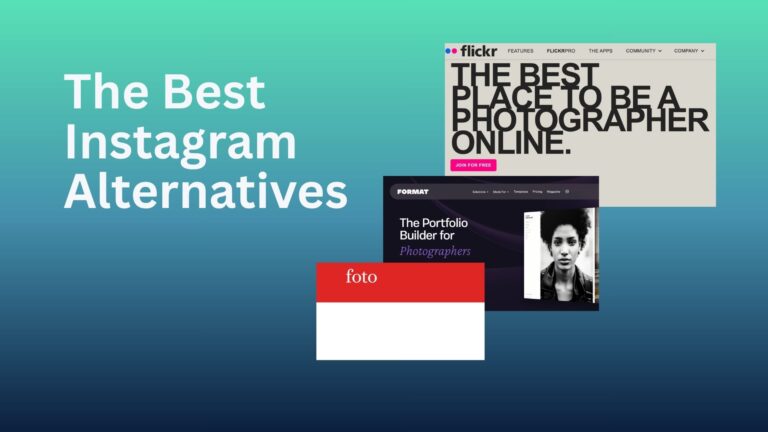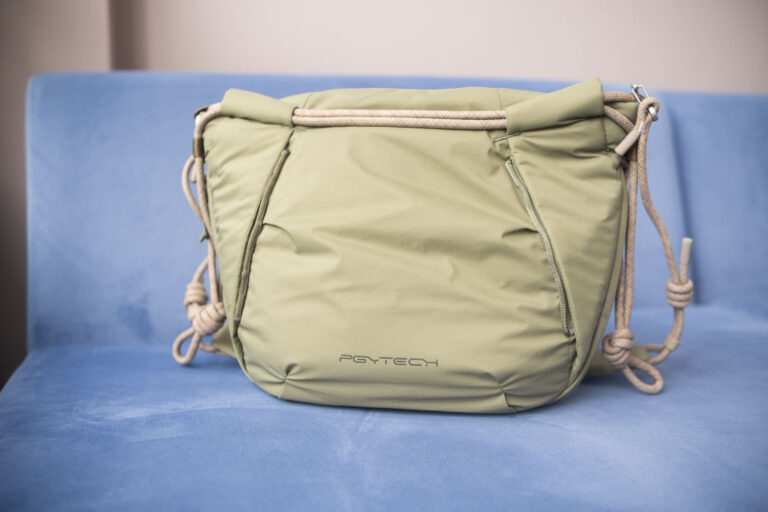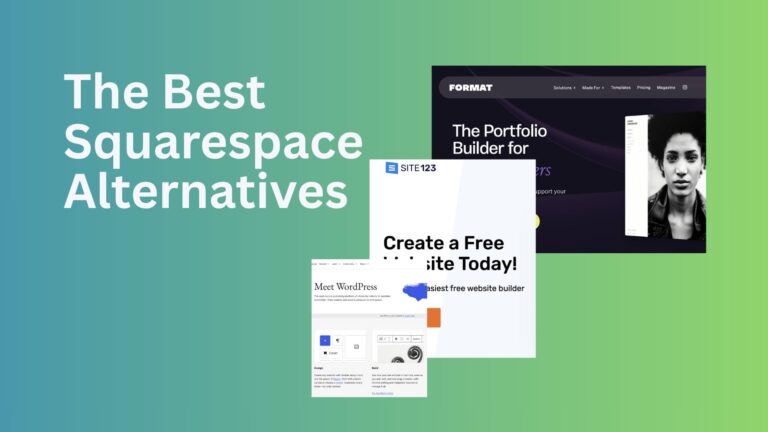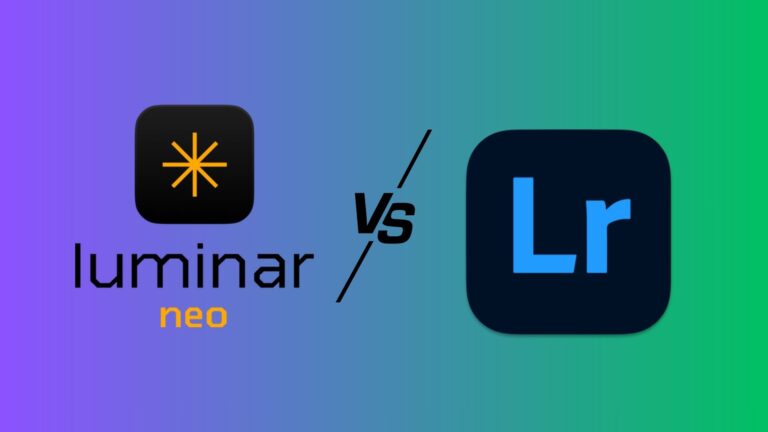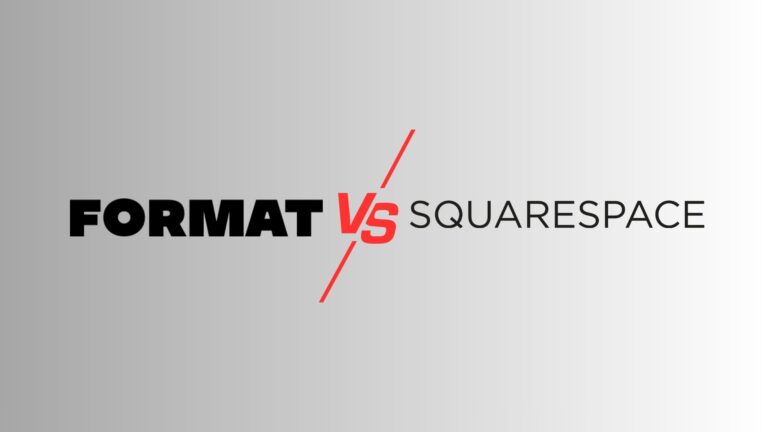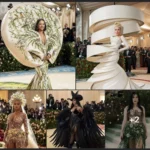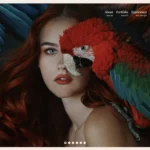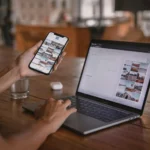
Photo by Jimmy Liao
Selecting the best cameras for photography can feel an impossible task. Like the best lenses, today’s cameras are as alike as they are different. It’s hard to even say which is the best camera for each manufacturer. With that, we should shift the question. We shouldn’t be asking which is the top camera in the industry, but instead, which is the best camera for you? Let’s take a look.
As always, our selection will highlight why there’s no fixed outcome when searching for the best camera. Our intention here isn’t for you to invest in the best camera for everyone, but rather, the best camera for you.
Use this article as a starting block, but always do further research before investing. Real user reviews are always a good thing to consider. You can find them on manufacturer websites and online forums.
In this article, we will also differentiate between popular and the best quality. Plus why cameras people wax lyrical about aren’t always as good as we’re led to believe.
Editors note: We have handled several of the cameras mentioned in this article, but not all of them. However, we’re lending on our experience and understand of modern camera systems to help bring you the best selection possible.
Understanding The Best Cameras for Photography
We’ll start by looking at some of the common cameras you’ll encounter when searching for the best cameras for photography.
Fujifilm X100VI

Fujifilm.
It’s natural to think at the top of the best cameras for photography sits the Fujifilm X100VI. It’s a system that puts dedicated cameras back in the mainstream and it seems everyone wants to get their hands on one.
It’s a great camera and aside from the over hype, it has many qualities that make it an attractive option. Beautiful colors, film simulations, image stabilization all make this a great camera. But, objectively speaking, is it the best camera? No.
Several owners complain of poor build quality, limited battery life and a product that feels much cheaper than its $1700 price tag.
Its fixed lens makes it no use to sports and wildlife photographers. However, its lightweight build and 23mm (35mm full-frame equivalent) make it a street and travel photographer’s dream.
Sony A9 III

Sony.
On the other end of the spectrum is the Sony A9 III. A first of its kind, exciting the industry with its global shutter.
At $5,999.99 it’s packed with a full frame sensor, industry-leading auto focus and the ability to shoot up to 120fps. It’s perfect for fast-action photographers, wildlife photographers and those who favor durable build quality.
But it’s not without its drawbacks. The global shutter impacts dynamic range and ISO range, thus negatively impacting image quality. Don’t get it wrong, image quality is still incredible, but if that’s the main metric, then we can’t say the Sony A9 III is the best camera.
For street photographers this camera is overkill. The same is true for travel and, even, portrait photographers. You can easily get a more appropriate camera for a fraction of the cost.
Leica M11
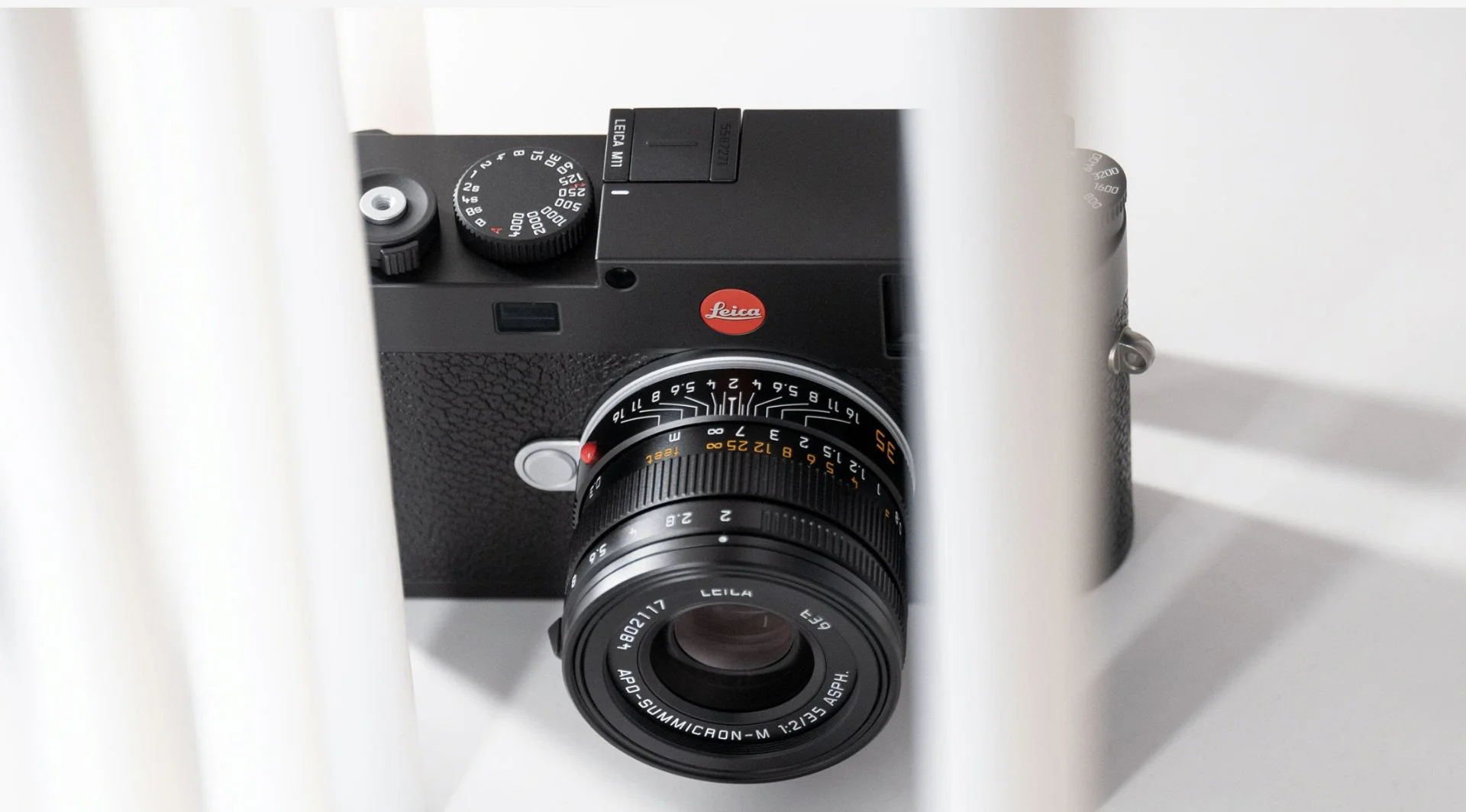
Leica.
The Leica M11 (or any Leica camera) is beautiful, and highlights incredible craftsmanship. It’s hand built and the quality throughout gives it a high-end premium feel. It costs just shy of $9000 for the body alone.
The price tag, the prestige, it’s easy to think the Leica M11 is at the pinnacle of cameras. For some it is. They rave about the “Leica look”, the sharpness and unique image quality.
Although they’re all great, most people won’t be able to tell a Leica photograph from a Fujifilm. You’ll certainly notice a difference in build quality, but many will be sadly disappointed when they realize that $9000 didn’t reflect in the final frames.
There’s no autofocus either, so there’s that. The Leica ethos is built on the manual work of the photographer, that’s fine. But, for those coming up in the modern era, it’s going to come as quite a shock.
What’s The Best Camera for Photography?

Nikon ZF.
Selecting the right camera for photography comes down to experience and how you intend to use it.
The Sony A9 III is the best camera for experienced photographers. The Fujifilm X100VI is ideal for hobbyists who enjoy documenting their travels. And, the Leica M11 is the best camera for photographers who favor premium products.
But, none of these cameras are the best option for new photographers, those on a budget or those that want an alternative to the status quo. Other cameras deserve their day in the sun, such as:
-
Nikon ZF – for retro camera fans that want a full-frame camera and favor Nikon’s image quality. Take a look.
-
Fujifilm X-T5 – Fujifilm’s pound for pound best APS-C camera. It has excellent build quality and allows for interchangeable lenses (unlike the X100VI). Take a look.
-
Leica Q3 – a Leica system with autofocus, a fixed lens and an all in $5000 price tag. Still expensive, but much cheaper than a Leica M camera and lens combo.
-
Olympus E-M10 Mk IV – a great budget friendly system for fans of micro four thirds. Ideal for those that want the added focal reach. Take a look.
-
Fujifilm Instax Mini 12 – Great camera for parties and those who enjoy using instant film. Take a look.
-
Canon EOS R6 Mk II – a top option for those who want superb IBIS (in-body image stabilization) and quality autofocus. Take a look.
Above are only a handful of suggestions, and they become the best in certain situations. We could name more, a lot more. But the last thing we want to do is oversaturate your mind where you have so many options, you can’t choose the best camera for you.
Best Camera for Professional Photography
In a saturated market and a world of subjectivities, how do we define the best camera for professional photography? Well there are certain features a professional photographer should never overlook:
-
Good battery life
-
Multiple SD card slots
-
Quick butter rates
-
Excellent build quality
-
Weather sealing (for outdoor photographers)
-
Compatible with a range of quality lenses
-
Suitable for printing images to a large scale
Keeping the above criteria in mind, which cameras tick most of the desired boxes?
Nikon Z9

Nikon
The Nikon Z9 is Nikon’s flagship camera. Many believe it’s the best camera ever made by Nikon.
It has a 45.7 megapixel sensor and a battery life that can last for up to two days – which is incredible for the mirrorless camera market.
It can shoot up to 120fps and has a maximum ISO of 102,4000. Autofocus is incredible – plenty of professional photographers have spoken to the amount of trust they have in this camera.
It’s big though, and heavy, weighing around three pounds (1340 grams) without an attached lens. It also costs $5500, which can be good value if you have a stable, successful photography business. But overkill if you’re just starting out in professional photography.
Canon EOS R3
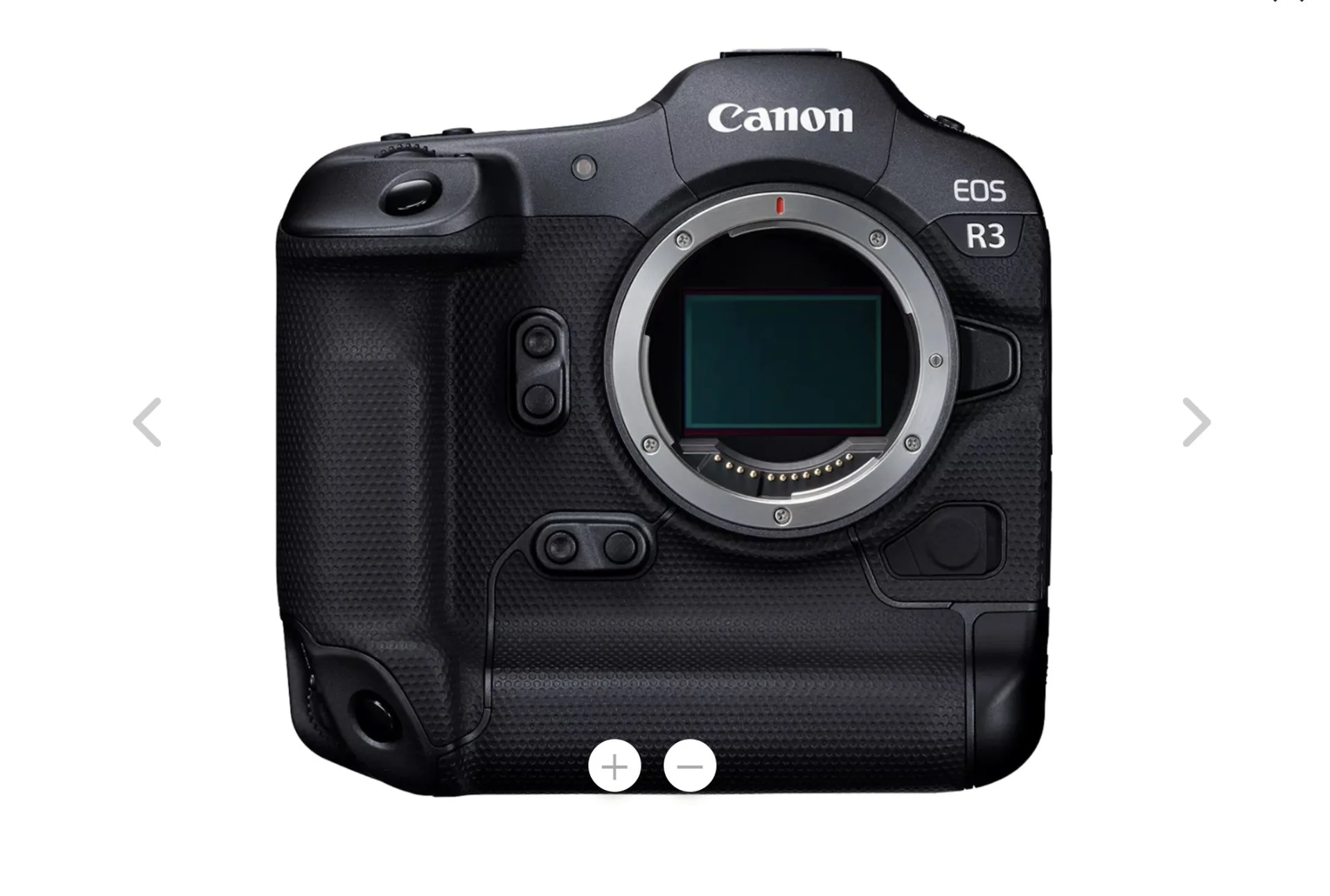
Canon.
After years of DSLR domination, Canon took a little bit of time to fully pivot to the mirrorless market. Then came the Canon EOS R3.
It’s not the highest resolution camera, sporting a 24.1 megapixel sensor. But the image quality is still exceptionally good and you can shoot high resolution RAW files up to 30fps.
It has 1053 autofocus points and is extremely fast and reliable in this department. We’ll also note it shoots 6K video at 60p, good to know if you’re a hybrid creator.
It’s cheaper than the Nikon Z9, coming in at $4499. That’s still a big chunk of cash. For around $2000 you can get a Canon EOS R6 Mk II, another full frame camera.
And, if you find you need more megapixels and a newer system, the 45 megapixel Canon EOS R5 II is now available, but it’s expensive, retailing at $4200.
Sony A1

Sony.
Despite the Sony A9 III being the talk of the town, Sony has another camera for professional photography, the Sony A1.
Released in January 2021, the professional system is still at the highest level almost five years later. Which should come as no surprise, as at the time of release several voices in the industry lauded it as the best camera ever.
It’s a 50.1 megapixel full frame system with a truly exceptional level of detail in the images. It’s suitable for all professional genres, from wedding photography to portrait photography, sports photography to wildlife.
The autofocus is amongst some of the quickest ever witnessed in the photo industry and the 759 points cover 92% of the cameras the sensor.
The reality is, at over $6000, it’s overkill for many. There are cheaper Sony cameras, like the Sony A7 series that are more than capable of supporting professional photographers and cost a third of the A1.
Fujifilm GFX 100 II
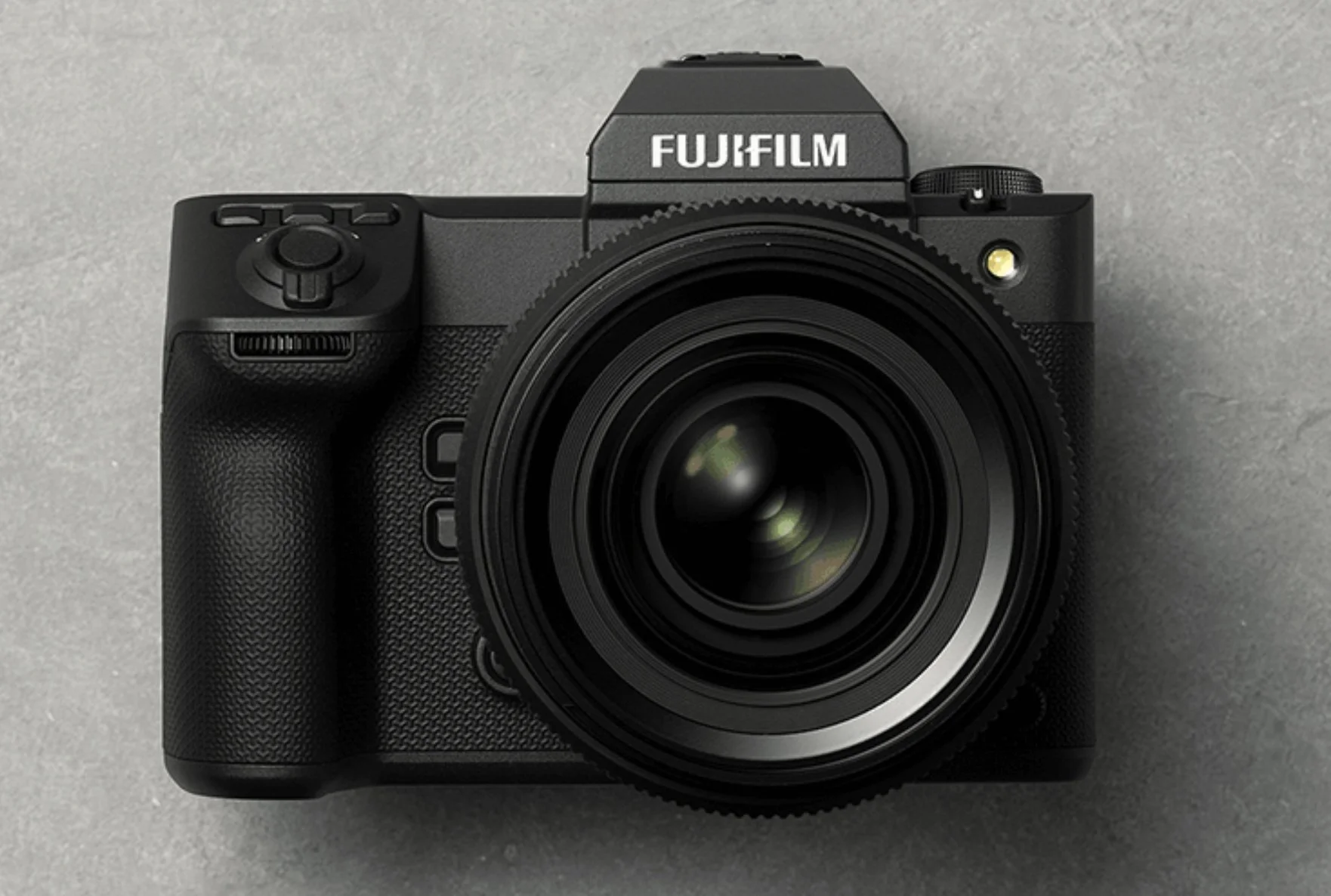
Fujifilm.
Fujifilm refuses to enter the full frame market. Which is fine, their APS-C systems offer fantastic image quality, even in low light. But, to appease those who want more real estate in their sensor, they built the GFX line.
At the top of the line is the Fujifilm GFX 100 II. A $7000 medium format camera with stunning image quality, baked into that well loved Fujifilm aesthetic.
The sensor comes in at 102 megapixels, perfect for all types of printing situations. Despite being medium format, it’s relatively compact and lightweight unlike medium format systems from yesteryear.
It has excellent IBIS, offering eight stops of control. It also shoots still up to 8fps, which is significantly lower than other options.
Few people really need medium format in the digital era, meaning it would be too much for many. But, for those that love Fujifilm and want the best image quality possible, the $7000 may be a worthy investment.
A Note on The Best Professional Camera
It’s not difficult to see a common theme in today’s flagship cameras. They all have great autofocus, image quality, and the other bells and whistles a professional photographer would need.
Yes, there are fine margins, and some excel in different areas. But, very few of them will let you down.
This means, you’re largely going down to preference. Which system feels more in line with who you are as a photographer. And as superficial as it seems, which build attracts you the most.
A top tip, especially at the professional price points, is to rent a camera and try it for yourself. Or, at the very least go to a reputable camera store in your area and ask if you can test it out.
It’s the best way to learn if a camera is right for you, or if you should place your money elsewhere.
Best Starter Camera for Photography
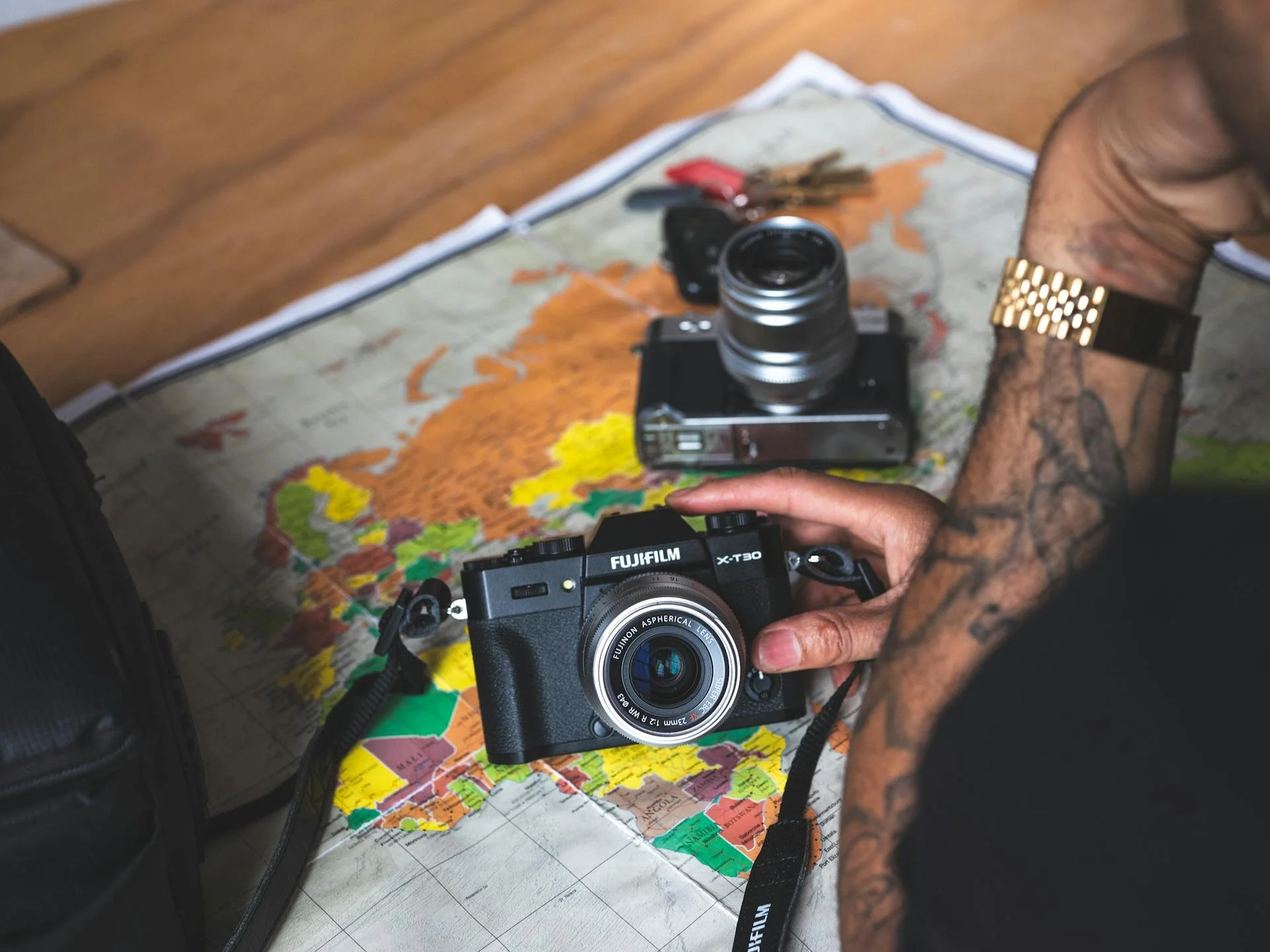
Photo by Fujifilm North America
None of the cameras above are suitable for beginners. A lot like the best camera for kids, entry level photographers need a system that is easy to use and learn the fundamentals.
Entry level cameras are of course cheaper. Also, if you decide photography isn’t for you, you won’t have lost too much money, depending on your current means.
Our recommendation when choosing the best starter camera for photography is to buy used cameras. It’s not as much of a risk as some believe, and the likes of MPB are a reputable retailer of used camera gear.
As for the cameras, below are some of the top recommendations if you’re new and looking at the best cameras for photography.
-
Nikon Z fc – The little sibling to the ZF. The crop sensor camera is a fun system to learn photography and still enjoy great image quality. Take a look.
-
Nikon D3500 – great value on the used market, DSLR battery life and more than acceptable image quality for new photographers. Take a look.
-
Fujifilm X-T30 II – Nice and compact and light around the neck. Good for learning manual mode and doesn’t skip on Fujifilm’s well known image quality. Take a look.
-
Canon EOS M50 Mk II – Solid travel camera that’s easy to move around. Also good face tracking capabilities. Take a look.
Reddit: Best Cameras for Photography
Online magazines are great for getting an idea of the best cameras for photography, but they’re not the only source.
Thoughts and opinions from members of the photo community are also valuable. We often turn to Reddit, one of the best social media for photographers, to get an idea what people are digging in the camera market.
Many suggestions stray away from the latest models and film photography cameras are also popular. Take a look at some common cameras we see.
-
Leica M6
-
Canon EOS R3
-
Canon EOS R5
-
Fujifilm X-T30
-
Fujifilm X-T5
-
Leica M11
Best Cameras for Different Genres
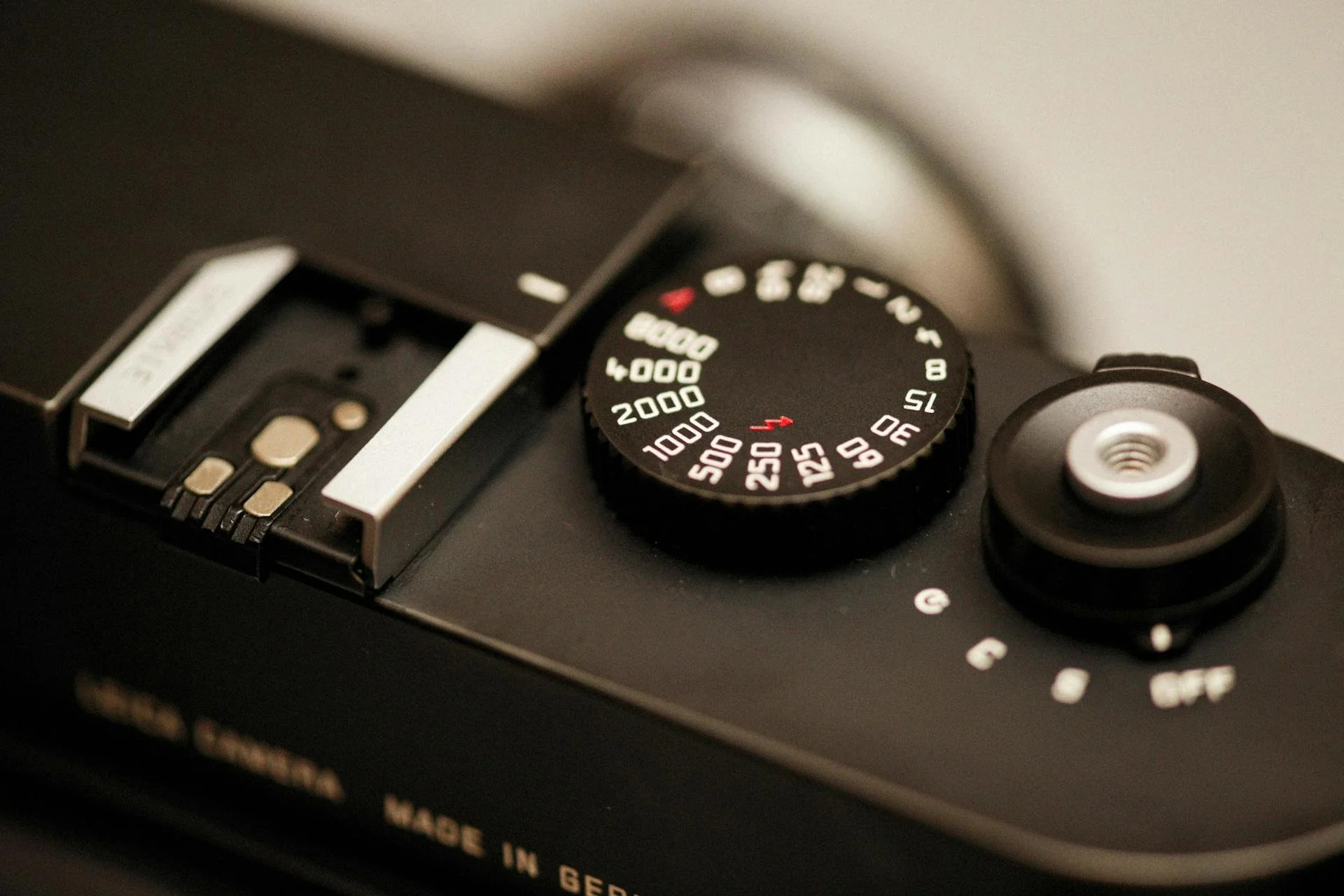
Photo by Alexey Demidov
Like we say, some of the cameras mentioned will be overkill depending on what type of photographer you are. Below are certain criteria to look out for when you shoot a specific style.
-
Best camera for street photography: Small, light, inconspicuous. Example: Ricoh GR III.
-
Best camera for portrait photography: Good eye and face recognition. Example: Canon R5.
-
Best camera for action photography. Speedy autofocus, high frame rate. Example: Sony A9 III
-
Best Camera for reportage photography: Durable, with strong image profiles. Example: Leica Q3
-
Best camera for film photography: Good standing history of quality film cameras. Example: Leica M6 (2022 edition)
-
Best camera for kids: Fun, engaging, cost effective. Example: Fujifilm Instax Mini 12.
-
Best camera for beginners: Affordable, good battery, easy to work around. Example: Fujifilm X-T3 (used).
Signing Off
Hopefully you’re now in a better position to find the best camera for you. Due to the diversity, there can never be a truly “best camera”. Today’s market really comes down to tastes and what you want to do with the camera.
We always advise that you purchase a camera within your means. We have been in the industry long enough to see the downside of buying a camera on credit, especially one that’s expensive and more than what you require.
Testing cameras is always the best option before buying. It’s also good to write down what you hope to achieve with a new camera, and then connect those needs to the cameras on the market.
If you’re a street photographer, it’s worth checking out our best camera for street photography article. Also, if you’re looking to build an online portfolio, check out this selection of incredible photography websites for inspiration.
What do you think is the best camera for photography? Which camera would you recommend to beginners? Let us know in the comments. Thanks for reading.
FAQs
What cameras do most photographers use?
The Sony A7 III is a popular camera, as are the Fujifilm X100V1 and the Nikon Z8.
What kind of camera takes very high-quality photos?
All of today’s cameras create high quality images. From Fujifilm to Sony, Canon to Leica, it’s impossible to find a system with poor image quality.
Do expensive cameras take better pictures?
Not always. For example a luxury $9000 Leica camera doesn’t necessarily take better pictures than a mid-range Nikon. However, you can expect more versatility from cameras like the Sony A9 III and the Canon EOS R3 – both cost over $4000.
Editors note: This article contains a small handful of affiliate links. If you invest in a camera using any of the links, Them Frames gets a little kick back which helps run the site.
Want your work featured on Them Frames? Pitch us.
